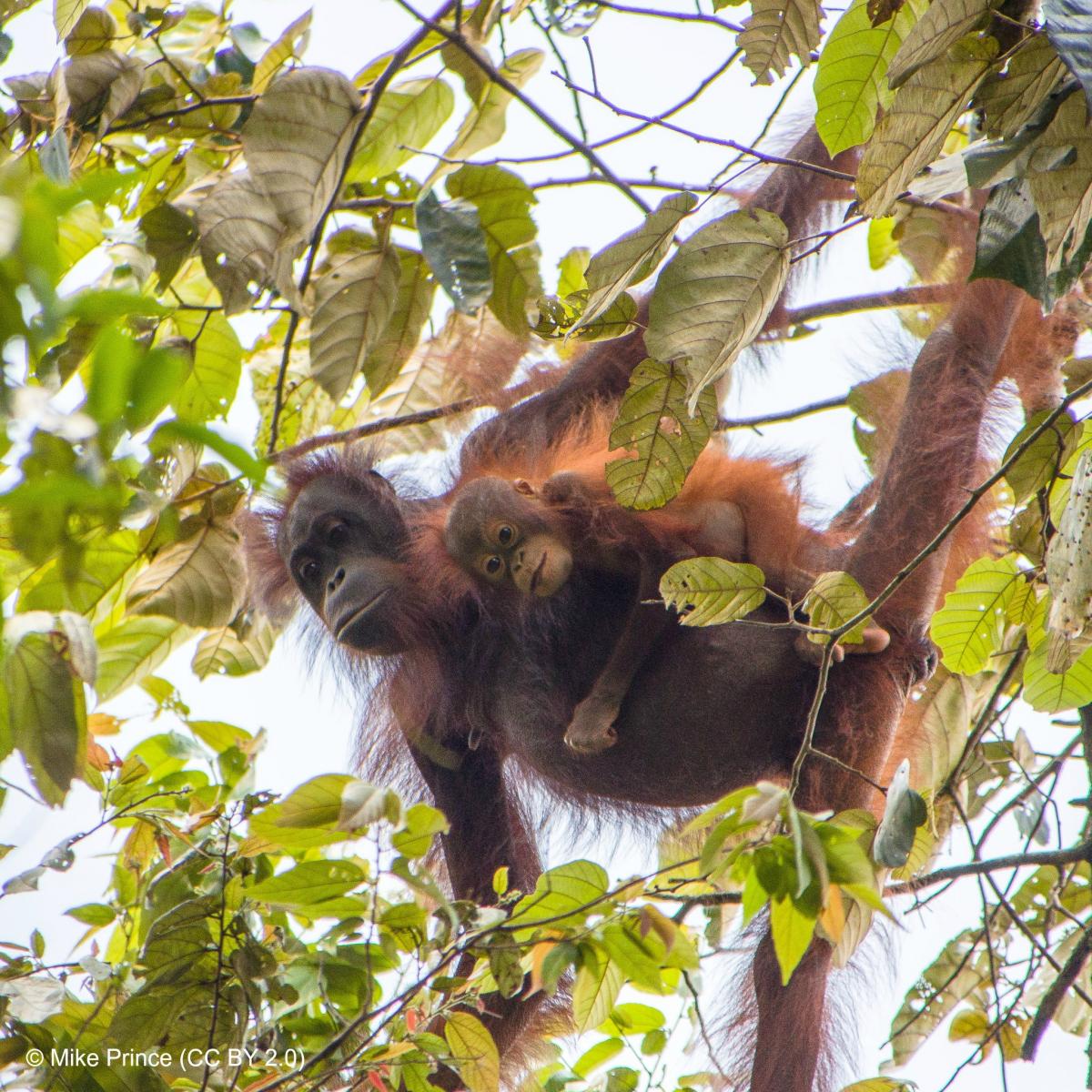Paper reveals nature conservation knowledge is a bargain
A new study released today finds that the knowledge databases which underpin nature conservation and environmental decision-making – such as the IUCN Red List of Threatened Species™ - cost US$ 6.5 million annually to manage, plus the dedication of thousands of volunteers.

Photo: Mike Prince CC BY 2.0
The authors estimated that US$ 160 million plus 293 volunteer-years have been invested to date in developing these datasets, and the shortfall to complete the datasets is approximately US$ 114 million.
“This may sound expensive, but these costs are extremely low when compared with other societal expenditures, such as the Global Observing System for Climate, which required US$ 5 – 7 billion to maintain in 2010,” says Melanie Heath, Director of Science, Policy and Information at BirdLife International. “To put this in perspective, the annual consumer spending on soft drinks is in the order of US$ 380 billion. Investing in these crucial datasets represents a bargain for society – the costs to create and curate them are easily outweighed by the benefits they deliver.”
Effective decision-making by governments, the private sector and civil society requires robust information on various aspects of biodiversity in order to reverse the current biodiversity crisis – and protect the future of life on the planet. Large databases need to be maintained in order to know with confidence which species and ecosystems are under greatest threat; which are the most important areas for threatened species; and where conservation action needs to be targeted.
Such knowledge banks include The IUCN Red List of Threatened Species™, which categorises the extinction risk of over 80,000 species worldwide. Similarly, detailed global datasets document over 18,000 of the most important individual sites for biodiversity (the World Database of Key Biodiversity Areas) and over 200,000 formally-designated protected areas (Protected Planet).
The newest product is the IUCN Red List of Ecosystems, with developmental work underway across more than 50 countries, and a preliminary assessment documenting the status of some 400 Red-Listed ecosystems in the Americas.
These repositories of information are critical in assessing national progress towards global commitments like the Aichi biodiversity targets and the United Nations’ Sustainable Development Goals. They are extensively consulted by scientists and governments, and are essential for directing tens of billions of dollars of loans to the private sector each year through the International Finance Corporation and the Equator Principles Banks.
“Despite these well-documented uses, there has been little information to date on how much investment is required to generate and maintain these data,” says Jane Smart, Global Director of IUCN’s Biodiversity Conservation Group. “This paper at last fills this gap. We must urgently look at new and innovative sources to support the development and maintenance of these critical databases which provide a roadmap to enable us to build a sustainable future.”
“Investment is needed not only to keep the databases up to date but also to extend their coverage to important groups which are very under-represented at present,” adds Colin Clubbe, Head of Conservation Science at the Royal Botanic Gardens, Kew. “For example, only a few per cent of plant species have been evaluated for the Red List, despite their fundamental importance to life on earth, and other groups such as fungi and insects are even more poorly represented.”
Working with 43 experts from 29 different institutions, the authors first estimated how much has been spent to date in developing the IUCN Red List of Threatened Species, the IUCN Red List of Ecosystems, Protected Planet, and the World Database of Key Biodiversity Areas. They then evaluated current annual investment, and finally total investment necessary to establish comprehensive baselines for each dataset – with complete coverage of all countries, ecosystems and better-known species groups.
“The motivation for the study came from the private sector,” says Diego Juffe-Bignoli, UNEP World Conservation Monitoring Centre, and lead author. “Companies which subscribe to the Integrated Biodiversity Assessment Tool – which provides financial support for Protected Planet, another of the datasets we costed in this research – often ask us how much investment would be necessary to maintain these critical data in perpetuity. Now we have an answer.”
The sustainable long-term financing of all of the datasets considered in the paper will be among the issues for consideration at the IUCN World Conservation Congress in Hawai‘i, USA, 1–10 September, 2016.
The paper, Assessing the cost of global biodiversity and conservation knowledge, was published today in PLOS ONE.
